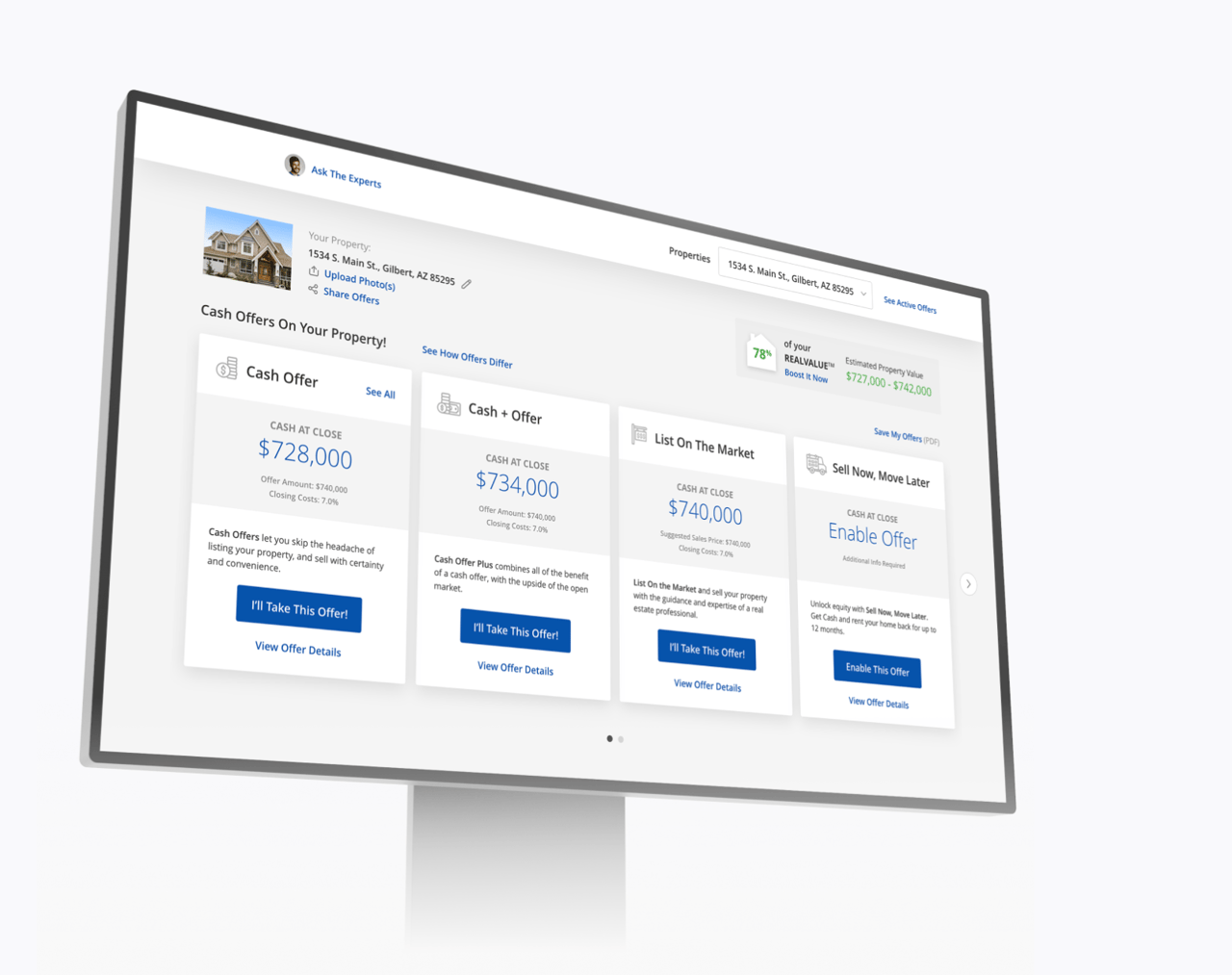Blog Posts
- All

January 24, 2025
Selling Your Marietta Home This Spring?
Read more
Connie Carlson I January 24, 2025
Why Deals Fall Apart Before Closing (And How Marietta Sellers Can Avoid It!)
Read more
December 10, 2024
Why December is the Worst Time to Sell Your Home in Marietta, Georgia
Read more
Connie Carlson I December 2, 2024
Should You Consider an Investor Offer When Selling Your Marietta, Georgia Home?
Read more
Connie Carlson I November 22, 2024
